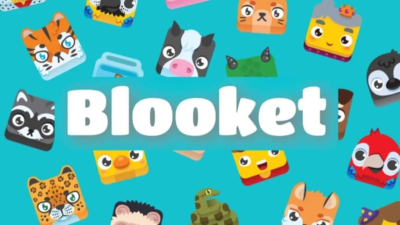
A lesson plan is a guide for educators that outlines what topics will be covered in class and how it will be done effectively. It is the detailed plan of action that will guide the instructor toward achieving the desired learning objectives and outcomes of a class. By having a well-thought-out lesson plan, you can be more confident when teaching and are more likely to impact your students positively.
Steps for Preparing a Lesson Plan
There are several steps involved in creating an effective lesson plan:
Define the learning objectives for the class
What do you want your students to be able to do by the end of the class? The objective is often written in a language students can readily comprehend and is directly linked to the program’s learning objectives. You can use assisting materials for more difficult topics. For example, you can create a cell-labeled diagram on storyboardthat.com if you are starting teaching about cells.
Here are examples of common learning objectives:
- Understand the main concept of the lesson;
- Recall important information from the lesson;
- Apply what was learned in the lesson to a real-world situation;
- Generate new ideas based on what was learned in the lesson.
Write measurable objectives using the SMART criteria
Once you have defined the overall objectives for the class, you need to be specific about what you expect your students to achieve. This is done by writing measurable learning objectives using the SMART criteria:
- S = Specific
The objective should be clear and concise without being too general.
- M = Measurable
The objective should be something that can be observed and measured.
- A = Achievable
The objective should be realistic and achievable, given the time and resources available.
- R = Relevant
The objective should be relevant to the needs of the students.
- T = Time-bound
The objective should have a timeframe associated with it.

Choose appropriate teaching methods
After you have defined your objectives, it is crucial to choose teaching methods that are best suited to help your students achieve those objectives. There are many different types of teaching methods, and no one method is best for all situations. Some common teaching methods include:
- lecture;
- discussion;
- demonstration;
- cooperative learning;
- problem-based learning.
Develop instructional materials
Once you have chosen your teaching methods, you will need to develop instructional materials to support them. This could include anything from worksheets and handouts to PowerPoint presentations and website resources. Of course, some of these materials may take a lot of your time but think of them as an investment in your future. You’ll also be able to use them with other students or even next year by making minor changes if necessary.
Create an assessment plan
It is essential to assess student learning throughout the lesson to ensure they are achieving the objectives. This could be done through formal assessments such as tests and quizzes or informal assessments such as class participation and discussions. This is an essential step, as it will allow you to understand whether students are actually learning and comprehending the material. You’ll need to assess the following:
- Knowledge: Did the students understand the concepts taught in the lesson?
- Comprehension: Can the students apply what they learned in the lesson to real-world situations?
- Application: Can the students use what they learned in the lesson to solve problems?
- Analysis: Can the students analyze and synthesize the information learned in the lesson?
- Evaluation: Can the students evaluate the effectiveness of the lesson?
Put it all together
Once you have all the above components, you can put your lesson plan together. There is no one right way to do this, but most lesson plans will include the following sections:
- objective;
- materials;
- procedures;
- assessment.
Evaluate and revise
After you have taught the lesson, it is crucial to take some time to reflect on how it went. This will help you understand what worked well and what could be improved for next time. Based on your reflections, you can make changes to your lesson plan for future classes. Finally, don’t forget to ask your students for the feedback! They will be able to tell you what they liked and didn’t like about the lesson, and their feedback can be very helpful in making revisions.
Alexia is the author at Research Snipers covering all technology news including Google, Apple, Android, Xiaomi, Huawei, Samsung News, and More.












